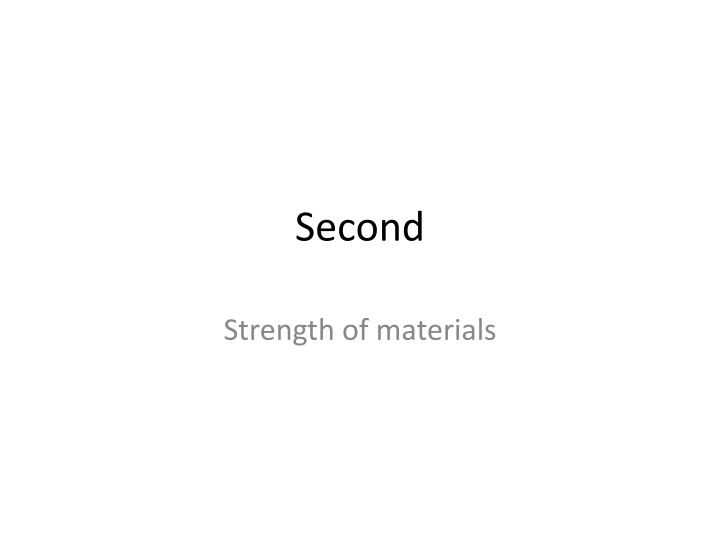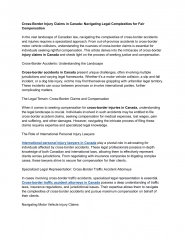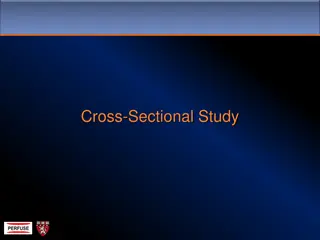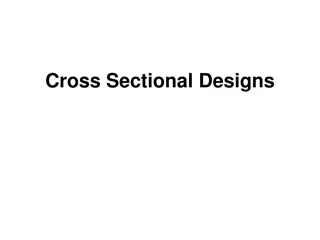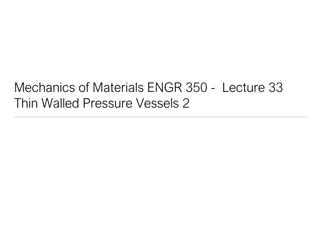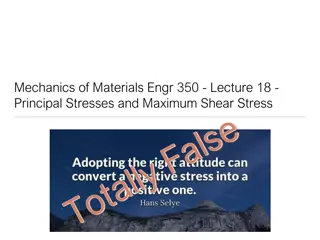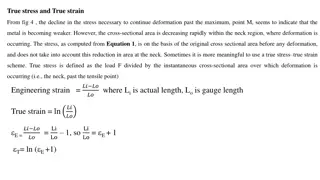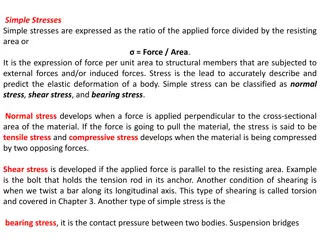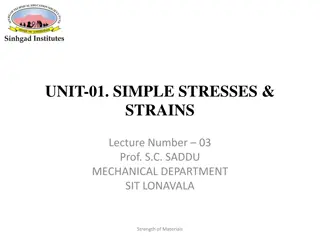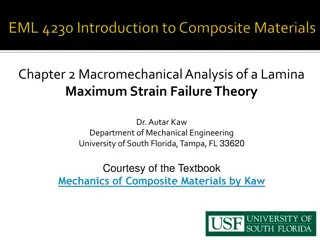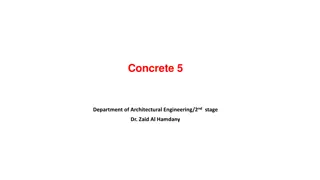Strength of Materials: Stresses and Cross-sectional Areas Analysis
In this study of strength of materials, we delve into analyzing stresses and determining cross-sectional areas of truss members. Examples and solutions are provided for practical understanding. Emphasis is placed on stress limitations and the prevention of buckling to ensure structural integrity.
Download Presentation

Please find below an Image/Link to download the presentation.
The content on the website is provided AS IS for your information and personal use only. It may not be sold, licensed, or shared on other websites without obtaining consent from the author.If you encounter any issues during the download, it is possible that the publisher has removed the file from their server.
You are allowed to download the files provided on this website for personal or commercial use, subject to the condition that they are used lawfully. All files are the property of their respective owners.
The content on the website is provided AS IS for your information and personal use only. It may not be sold, licensed, or shared on other websites without obtaining consent from the author.
E N D
Presentation Transcript
Second Strength of materials
Example The homogeneous bar shown in Fig. P-106 is supported by a smooth pin at C and a cable that runs from A to B around the smooth peg at D. Find the stress in the cable if its diameter is 0.6 inch and the bar weighs 6000 lb.
H w Determine the crosssectional areas of members AG, BC, and CE for the truss shown in Fig. P-112 above. The stresses are not to exceed 20 ksi in tension and 14 ksi in compression. A reduced stress in compression is specified to reduce the danger of buckling.
